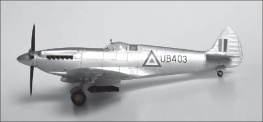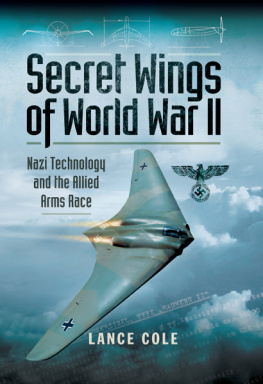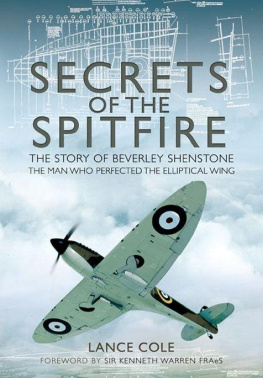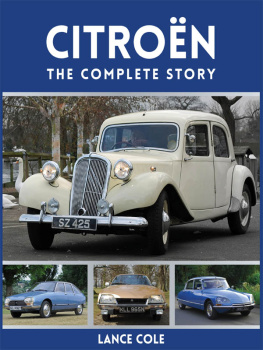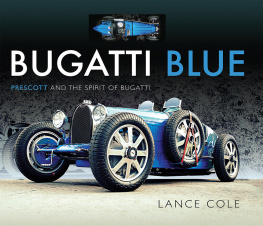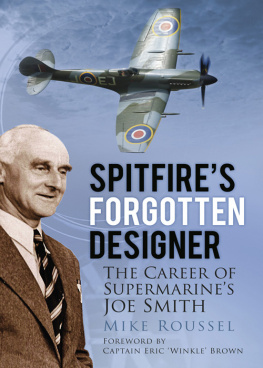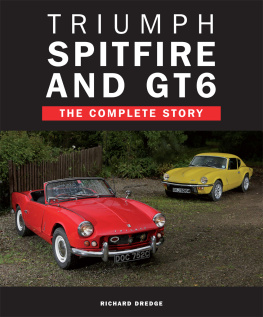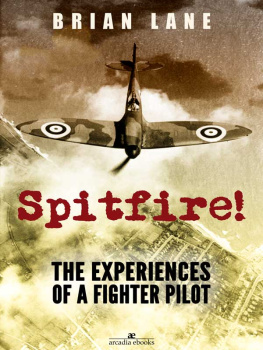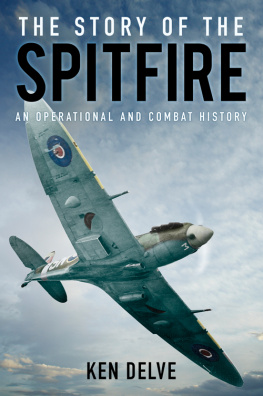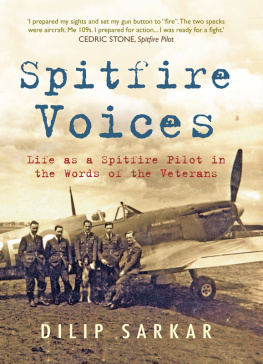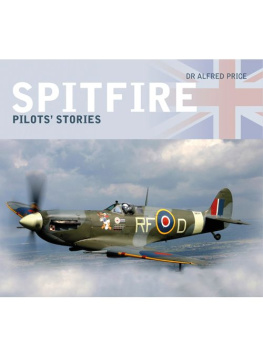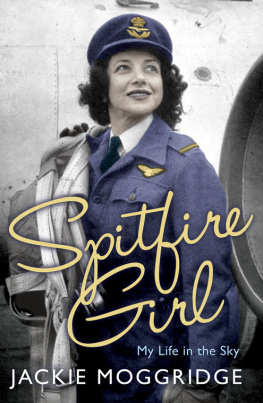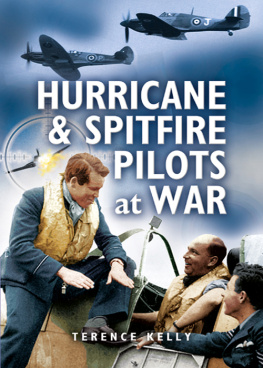First published in Great Britain in 2018 by
Pen & Sword Aviation
An imprint of
Pen & Sword Books Ltd
47 Church Street
Barnsley
South Yorkshire
S70 2AS
Copyright Lance Cole, 2018
ISBN 978152670499
eISBN 9781526710512
Mobi ISBN 9781526710505
The right of Lance Cole to be identified as Author of this work has been asserted by him in accordance with the Copyright, Designs and Patents Act 1988.
A CIP catalogue record for this book is available from the British Library.
All rights reserved. No part of this book may be reproduced or transmitted in any form or by any means, electronic or mechanical including photocopying, recording or by any information storage and retrieval system, without permission from the Publisher in writing.
Pen & Sword Books Ltd incorporates the Imprints of Pen & Sword Archaeology, Atlas, Aviation, Battleground, Discovery, Family History, History, Maritime, Military, Naval, Politics, Railways, Select, Transport, True Crime, Fiction, Frontline Books, Leo Cooper, Praetorian Press, Seaforth Publishing, Wharncliffe and White Owl.
For a complete list of Pen & Sword titles please contact
PEN & SWORD BOOKS LIMITED
47 Church Street, Barnsley, South Yorkshire, S70 2AS, England
E-mail:
Website: www.pen-and-sword.co.uk
Introduction
T he story of the Supermarine Spitfire has been told across many years and the debate about it and its performance remains enduring. So do the tales of the Spitfires contemporaries as friend and foe the Hawker Hurricane and the Messerschmitt Bf 109 yet one thing remains constant: the design of the Spitfire and the advantage it conveyed and which endured. For aviation enthusiasts, for historians, for modellers, the word Spitfire conjures up many stories and affections. This aircraft really is an essential and enduring icon and has a place in the minds of men and boys alike; Spitfire also has female fans.
The famous television broadcaster Raymond Baxter flew several types of Spitfire during the Second World War, including the low-level, clipped-wing variant. Baxter remarked to the author: The Spitfire was marvellous, they all had differing traits but above all there was that handling, those turns and roll-rate. I never wanted to fly another type.
Douglas Bader remarked, also to the author: Spitfire was supreme. Anything could dive fast, especially a one-oh-nine, but a Spitfire was quality, could outfly the Messerschmitt. Hurricane was good at fifteen thousand feet or so, above that Spitfires thin, curved wing gave it the decisive advantage.
In 1940 when Goering asked his Luftwaffe generals if there was anything they needed to win the battle over Britain, their famous reply was A squadron of Spitfires.
There have been many books about the Spitfire and some historical regurgitation may be inevitable; however, this book attempts to provide the reader with a deeper insight into the aircrafts engineering design story, the secret science of its wing and a modern modelling perspective. Herein lies established fact and recently unveiled proof of the massive scientific advance contained in the Spitfires design, an advance unrealized and little publicized for over seventy five years. Also here is the knowledge vital in the modelling of the Spitfire in particular the Mk V and its variants that were the mainstay of the Second World War.
Originally envisaged as short-range, high-speed defensive fighter, Spitfire as Mk 1 and Mk II, was repurposed via the defining Mk V series. It was from the versatile Mk V that diverse variations of the airframe emerged from high-altitude machine to low-level fighter bomber, floatplane, photo-reconnaissance, and more on the worlds stage into the 1950s.



Just as we should not forget the men and women who flew the Spitfire, neither should we forget the men that designed the Spitfire and, those who built and maintained it. For modellers keen on interpreting all the features and nuances of the various Spitfires, it offers huge opportunity for personal expression and applied technique. Whether you are an enthusiast, a modeller, or a Spitfire fanatic of your own making, a full appreciation of the aircrafts whole story from initial sketch to final variant, must be a target to aim for. Like all books in the Flight Craft series, this book offers content that touches historical, and scale, contexts. The three sections cover origins, design and use, and modelling.
After looking at the first Spitfire and early Marks, then focusing upon the quintessential Spitfire Mk V of 1941 onwards, and its ensuing derivations, we study the great array of modelling options that surround the Spitfire and its variants. So much has been written about the Spitfire that sorting the wheat from the chaff is not easy, but by referring to diverse sources and recent revelations, we can chart an accurate history. Restorers of real Spitfires may also find interesting details herein.
Icon and legend truly are overused words, but applied to the Spitfire they are completely appropriate: the Spitfire won a famous battle, it helped win a war and changed history in doing so; lesser realized, it also advanced the art of aerodynamics and airframe design. That amazing shape of delicate elliptical planform, a boat-like hull, conjoined by a then unique wing fillet, made its mark and it continues to cast its spell of elliptical lift and Merlin power. Spitfire remains an inspiring device of engineering function allied to an elegance of airflowed sculpture, yet a machine ultimately designed as a weapon of war to kill
Seen from the context of today, the Spitfires design may seem special but not revolutionary. This is an error and a self-limiting one at that, because in its day, the Spitfire was utterly revolutionary in its design and build; some modern observers might be too young to know or appreciate this fact. Some modern experts are unaware, or dismissive, of the Spitfires wing technology science that was no accident or coincidence, as some have suggested.
This book is intended to appeal both to the aviation enthusiast who wants to learn of the full genesis and development of the Spitfire, and to the dedicated modeller. The text should provide a new appreciation of the details of the Spitfire story from its intended use to our modern affection a tale that reaches from the 1930s, the 1940s and onwards to today, a narrative from wartime mission to modern model.

